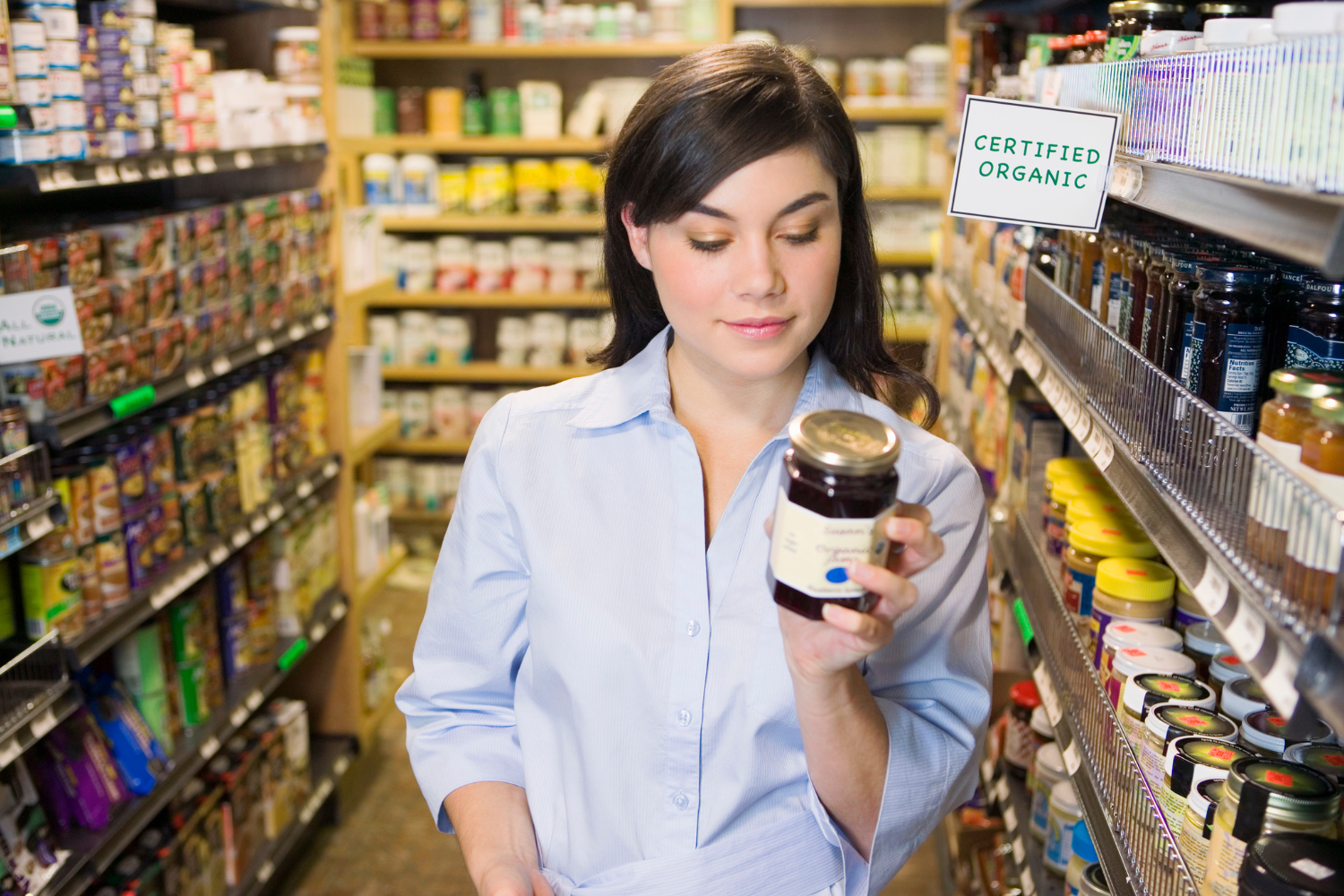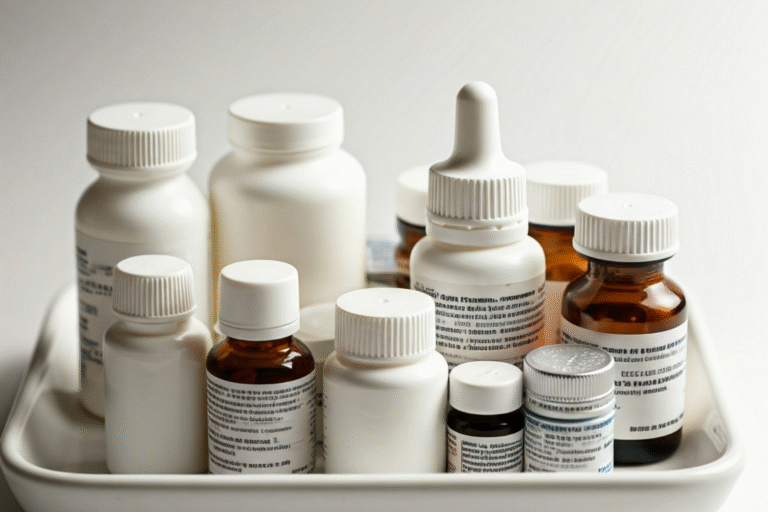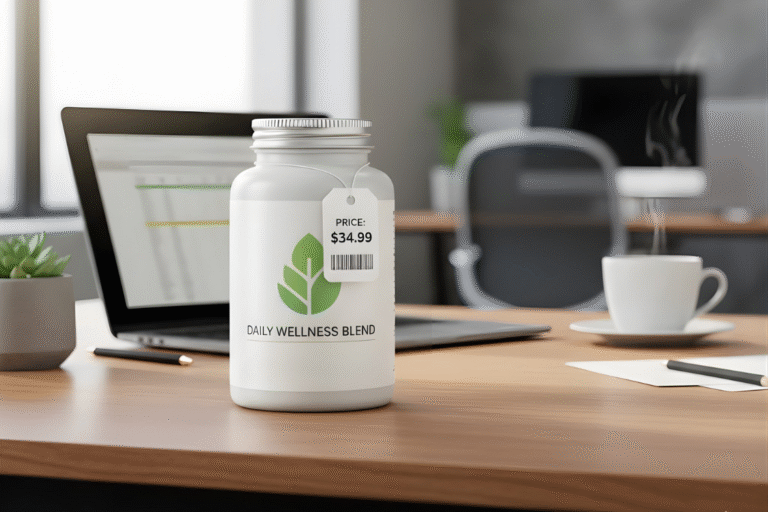Tamper-proof containers are specially designed packaging solutions that prevent unauthorized access. Tamper-evident features provide visible signs of tampering, ensuring products remain secure and uncontaminated. These containers play a critical role in protecting product safety by incorporating features such as tamper-evident seals, lids, and shrink bands that make tampering immediately apparent.
Commonly used in industries like food and beverage, pharmaceuticals, and personal care, tamper-proof packaging helps reduce risks associated with tampering and supports product quality. Manufacturers rely on these containers to maintain a proper seal and prevent unauthorized access, creating extra security and trust for end users.
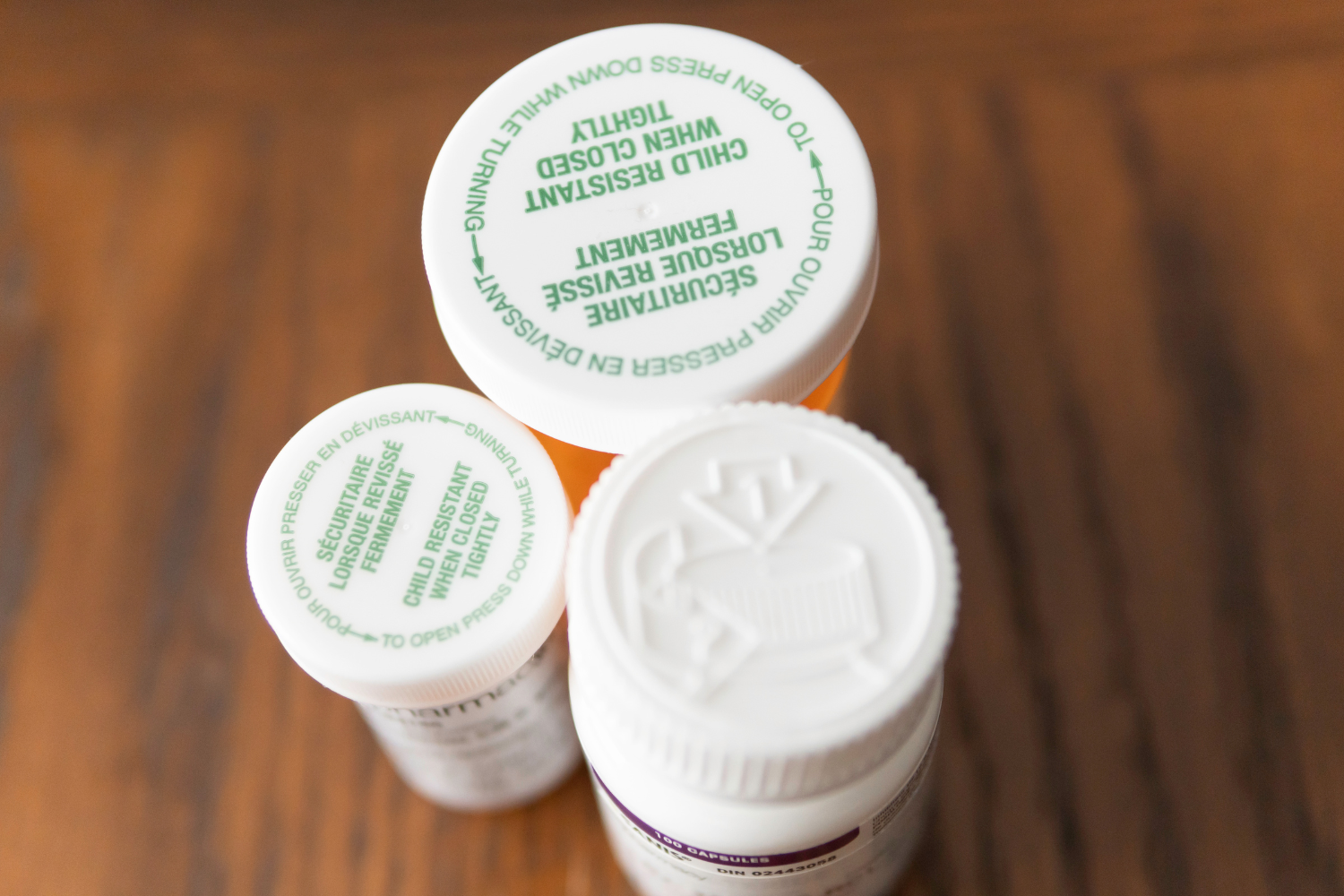
Why Tamper-Proof Containers are Important
Tamper-proof containers protect product safety, maintain quality, and ensure consumer trust. Designed to prevent contamination and tampering, they are critical across industries such as food and beverage, pharmaceuticals, and personal care, where product integrity is essential.
Protects Product Integrity
Tamper-proof containers create a barrier against contamination during transport, storage, or on store shelves. Features like tamper-evident lids, airtight seals, and tamper-evident tape prevent dirt, bacteria, and other harmful substances from compromising the product. In the food and beverage industry, these containers help maintain freshness and food safety, ensuring products reach consumers in their intended state.
Ensures Safety
These containers reduce the likelihood of tampering, which could otherwise pose health risks. Tamper-resistant packaging, such as shrink bands and induction seals, provides clear tamper evidence, ensuring any attempt to interfere with the container opening is immediately noticeable. This visible deterrent is especially important for products like medications and supplements, where a broken seal can indicate potential harm.
Builds Consumer Trust
Visible Security Features
Tamper-evident packaging provides visible reassurance that the product has not been tampered with. Seals, shrink bands, and pop-up lids offer one or more indicators of tampering, giving customers confidence that the container has not been easily opened or tampered with. These features are especially critical for industries prioritizing end-user safety, such as the pharmaceutical and food industries.
Transparency and Accountability
Businesses that use tamper-evident containers demonstrate their dedication to transparency and accountability. Packaging solutions that prevent unauthorized access build trust by showing customers that manufacturers prioritize their safety and product quality. By incorporating these features, businesses enhance their reputation and establish themselves as industry leaders committed to high standards.
Compliance with Industry Standards
In many industries, including pharmaceuticals, supplements, and food production, tamper-proof containers are mandated by law. These regulations protect consumers from unsafe products and ensure packaging provides proper seals to prevent tampering. For example, the pharmaceutical industry often requires tamper-evident seals and induction lids to comply with safety protocols.
Prevents Legal Issues
Tamper-proof packaging helps brands avoid legal problems caused by potential product tampering or contamination. A broken seal or evident packaging can signal compromised integrity, reducing the likelihood of recalls, liability claims, or damage to a business’s reputation. Manufacturers create safer products by meeting compliance standards with resistant packaging while mitigating risks.
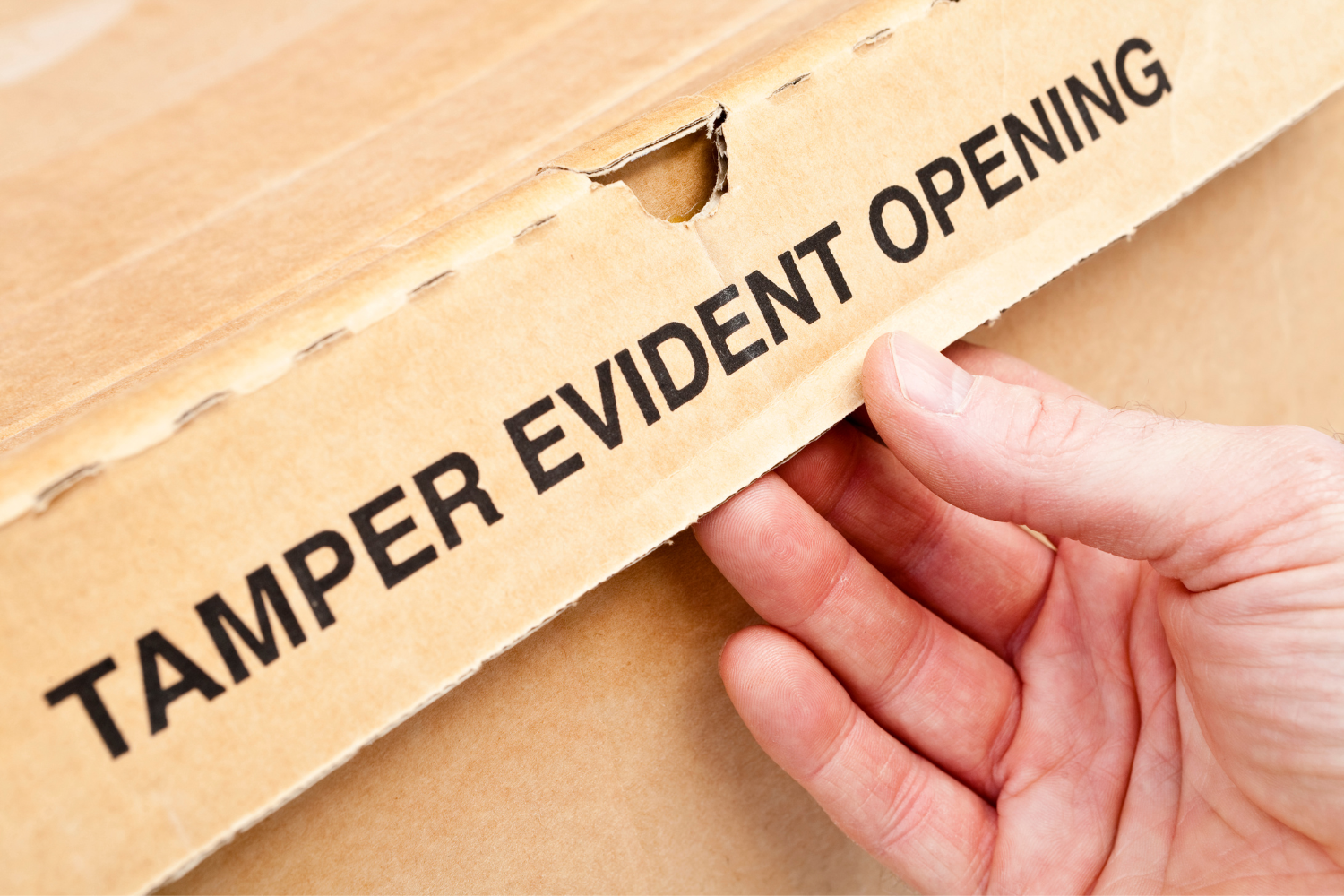
Types of Tamper-Proof Containers
Tamper-proof containers are designed to meet a variety of industry needs, ensuring product safety and quality. From tamper-evident seals to film wrapping, these solutions provide businesses with practical ways to protect their products and customers.
Tamper-Evident Seals
Tamper-evident seals, such as shrink bands and induction seals, are commonly used in supplements and pharmaceutical products. These seals prevent unauthorized access and offer a clear warning to consumers if the container has been compromised.
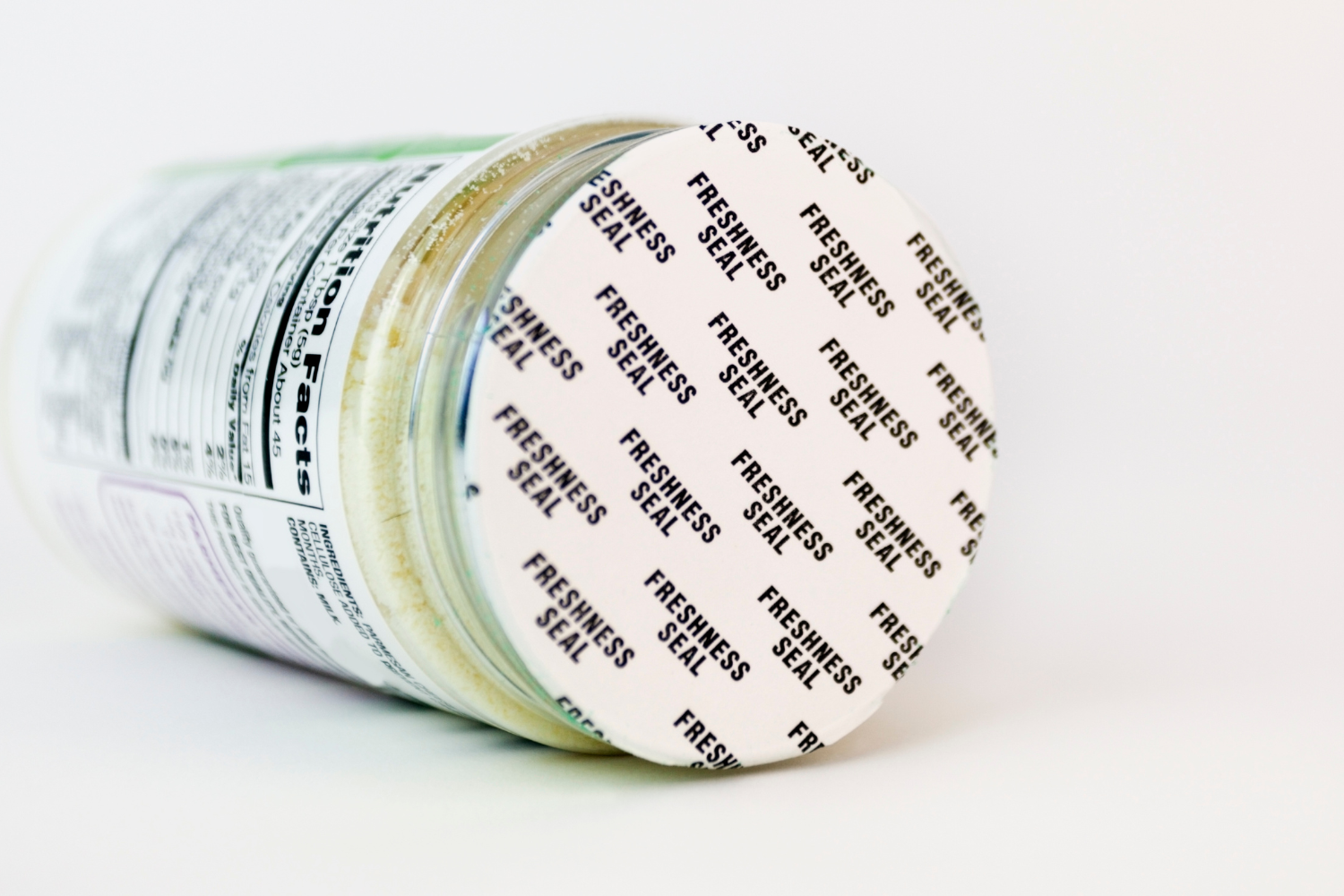
Single-Use Seals
Single-use seals, which include tear strips and shrink bands, are irreversibly broken when the container is opened. These seals are ideal for ensuring that sensitive products like medications and food containers remain secure until the moment of use.
Breakable Caps and Lids
Tamper-Evident Bottle Caps
Breakable caps on bottles, often with a ring that separates upon opening, provide a clear visual indicator of tampering. These tamper-evident bottle caps are commonly used in the beverage industry and for liquid supplements to ensure that tampering is not easily hidden.
Safety Lids
Safety lids with pop-up indicators are designed to provide an extra level of protection. When the seal is broken, the lid visibly pops up, making it clear that the container has been opened. These are commonly used in the food and personal care industries for added consumer security.
Film Wrapping and Shrink Bands
Used for Jars, Bottles, and Boxes
Shrink bands and film wrapping are applied around caps or the necks of jars and bottles to ensure an airtight seal. These tamper-proof features are widely used in the food and beverage industry to secure items during transport and prevent tampering on store shelves.
Transparent or Custom-Printed Film
Custom-printed shrink bands or transparent films add both security and branding. Manufacturers enhance protection and product identification by incorporating company logos or specific patterns, making tampering more noticeable while reinforcing brand trust.
Blister Packs and Sealed Pouches
Common in Medications and Small Supplements
Blister packs are a popular solution in the pharmaceutical industry for securing individual doses of medication. These packs deter tampering and provide clear evidence if a capsule or tablet has been disturbed, helping maintain product integrity.
Sealed Pouches
Sealed pouches require tearing to open, making tampering immediately obvious. They are often used for food containers, single-serve beverage powders, or personal care items. These pouches protect against contamination while providing customers with a secure, easy-to-use packaging solution.
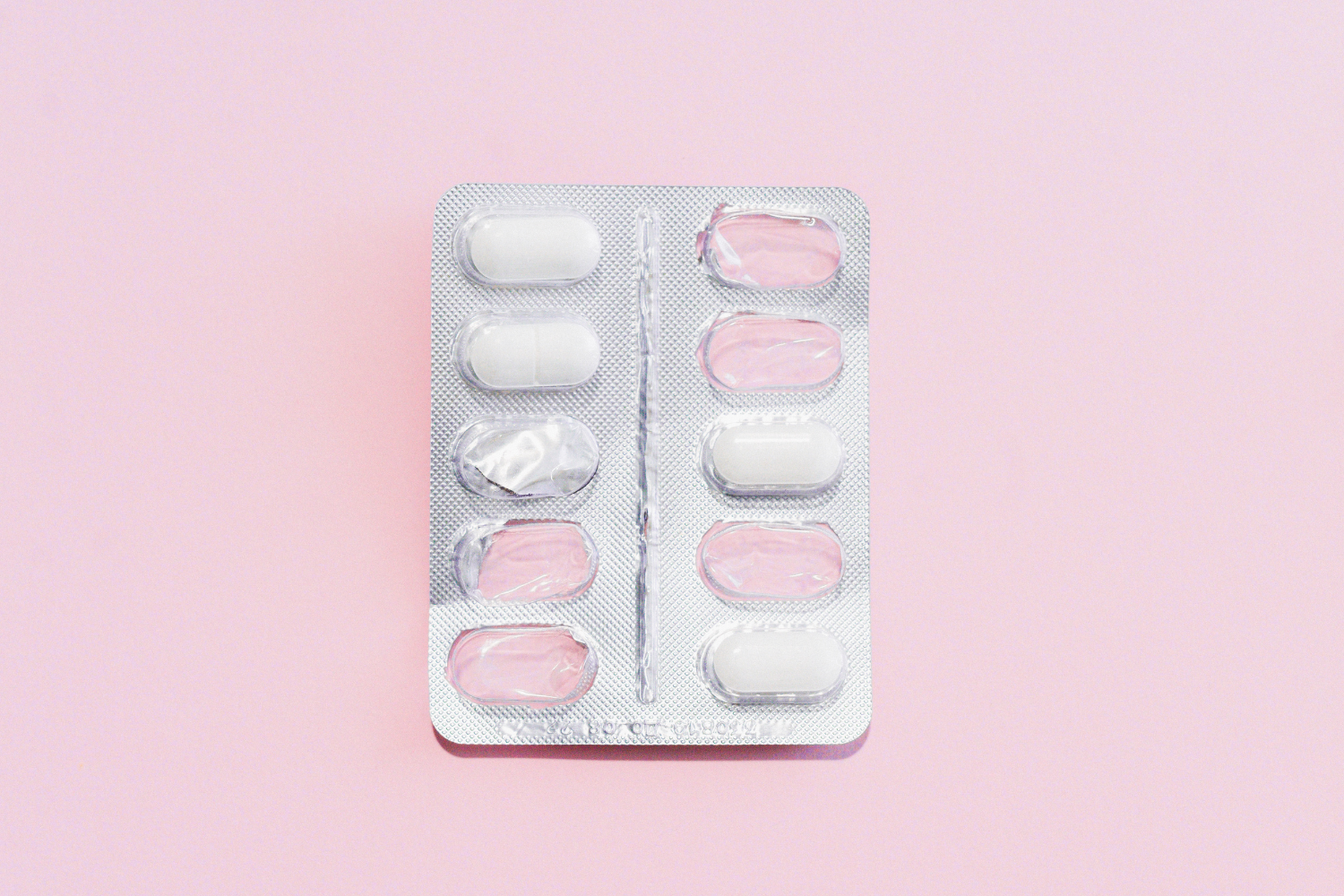
Benefits of Using Tamper-Proof Containers
Tamper-proof containers offer significant advantages for businesses and consumers by ensuring safety, reducing risks, and building trust. They are a key component in maintaining product quality and protecting brand reputation.
Increased Product Safety
Tamper-proof packaging provides consumers with confidence that the product has not been tampered with. Features like tamper-evident seals or lids offer visible evidence that the container has not been tampered with, reducing concerns about contamination or potential product tampering.
Extended Shelf Life
Tamper-proof containers, like airtight seals, can help maintain freshness by minimizing exposure to air, moisture, or contaminants. This is especially beneficial in the food and beverage industry, where product quality and shelf life are critical.
Prevents Product Theft or Pilfering
Tamper-evident packaging, such as shrink bands or breakable caps, serves as a deterrent to theft or unauthorized access. In retail environments, this added layer of protection discourages pilfering, ensuring that products reach the end user intact and uncompromised.
Enhanced Brand Reputation
Using tamper-proof packaging signals a commitment to safety and quality, enhancing a brand’s reputation. Businesses that provide secure packaging demonstrate their dedication to consumer protection, which builds trust and encourages repeat purchases.
How to Choose the Right Tamper-Proof Container for Your Product
Choosing the correct tamper-proof container depends on factors like product type, regulatory requirements, and branding goals. Proper selection ensures both safety and cost-effectiveness.
Consider the Product Type
Liquids vs. Solids
The nature of the product influences the type of tamper-proof packaging required. Liquids like beverages or syrups often benefit from tamper-evident bottle caps or induction seals. Solids, including pills or powders, are best protected with blister packs, sealed pouches, or tamper-evident lids.
Customized Solutions for Specific Needs
Products with unique characteristics, such as perishable foods or sensitive supplements, may require specific tamper-evident features. For instance, stretch wraps or shrink bands are ideal for jars and bottles that must maintain a proper seal.
Regulatory Requirements
Certain industries, such as pharmaceuticals and supplements, have strict packaging regulations. These rules often require tamper-proof features like visible evidence seals or breakable components to ensure compliance and protect public health. Researching these requirements is essential to avoid potential issues.
Customization and Branding
Tamper-proof packaging can be tailored to include logos, brand colors, or custom designs, adding both security and marketing value. Custom-printed shrink bands or branded induction seals enhance the overall customer experience and help with product recognition.
Cost and Material Considerations
Choosing the right materials and design is crucial to balancing security needs with budget constraints. Here are some tips:
- Choose Cost-Effective Materials: Select materials like plastic, glass, or stretch wraps that suit the product and industry while maintaining affordability.
- Optimize Packaging Size: Use packaging that minimizes waste without compromising tamper-evident features.
- Invest in Bulk Solutions: Ordering tamper-evident containers in bulk can reduce overall costs.
- Prioritize High-Risk Products: Allocate more resources to secure packaging for sensitive or high-value products, such as supplements or pharmaceuticals.
- Evaluate Recyclability: Consider sustainable materials to align with industry trends and customer preferences.

Why Tamper-Proof Containers Are Essential
Tamper-proof containers are critical to product safety, consumer trust, and regulatory compliance across industries. By protecting products from tampering, contamination, and unauthorized access, they ensure customers’ quality and peace of mind.
Businesses that invest in tamper-evident packaging meet industry standards and enhance their brand reputation by prioritizing safety and transparency. Choosing the right tamper-proof solutions helps safeguard products, build consumer confidence, and maintain compliance with regulations.
Frequently Asked Questions
What products need tamper-proof containers?
Products like food, beverages, pharmaceuticals, supplements, and personal care items commonly require tamper-proof packaging to ensure safety and quality.
How can I tell if a container is tamper-proof?
Indicators include broken seals, caps with breakable rings, blister packs with missing bubbles, or lids with visible tamper-evident features.
Are tamper-proof and tamper-evident the same?
Tamper-proof packaging prevents unauthorized access, while tamper-evident packaging provides visible evidence that tampering has occurred.
How much does tamper-proof packaging cost?
Costs vary depending on materials and design, ranging from affordable shrink bands to more expensive custom-sealed pouches or induction lids.
Why is tamper-proof packaging important for businesses?
Tamper-proof packaging protects products, ensures compliance with regulations, and builds consumer trust, enhancing brand reputation and market competitiveness.
References
- Federal Trade Commission. (n.d.). Fair Packaging and Labeling Act: Regulations Under Section 4 of the Fair Packaging and Labeling Act. https://www.ftc.gov/legal-library/browse/rules/fair-packaging-labeling-act-regulations-under-section-4-fair-packaging-labeling-act
- U.S. Food and Drug Administration. (n.d.). CFR – Code of Federal Regulations Title 21 – FDA. https://www.accessdata.fda.gov/scripts/cdrh/cfdocs/cfcfr/cfrsearch.cfm
- U.S. Food and Drug Administration. (2015). CPG Sec. 450.550 Control and Accountability of Labeling Associated with Tamper-Resistant Packaging of Over-the-Counter Drug Products. https://www.fda.gov/regulatory-information/search-fda-guidance-documents/cpg-sec-450550-control-and-accountability-labeling-associated-tamper-resistant-packaging-over
- U.S. Food and Drug Administration. (2015). CPG Sec. 450.500 Tamper-Resistant Packaging Requirements for Certain Over-the-Counter Human Drug Products. https://www.fda.gov/regulatory-information/search-fda-guidance-documents/cpg-sec-450500-tamper-resistant-packaging-requirements-certain-over-counter-human-drug-products
- U.S. Department of Agriculture, Agricultural Marketing Service. (2024). Federal Purchase Program Specification (FPPS) for Chicken Parts, Frozen https://www.ams.usda.gov/sites/default/files/media/FPPSChickenPartsFinal03212024.pdf
- U.S. Department of Agriculture, Agricultural Marketing Service. (2024). Strengthening Organic Enforcement. https://www.ams.usda.gov/rules-regulations/strengthening-organic-enforcement
